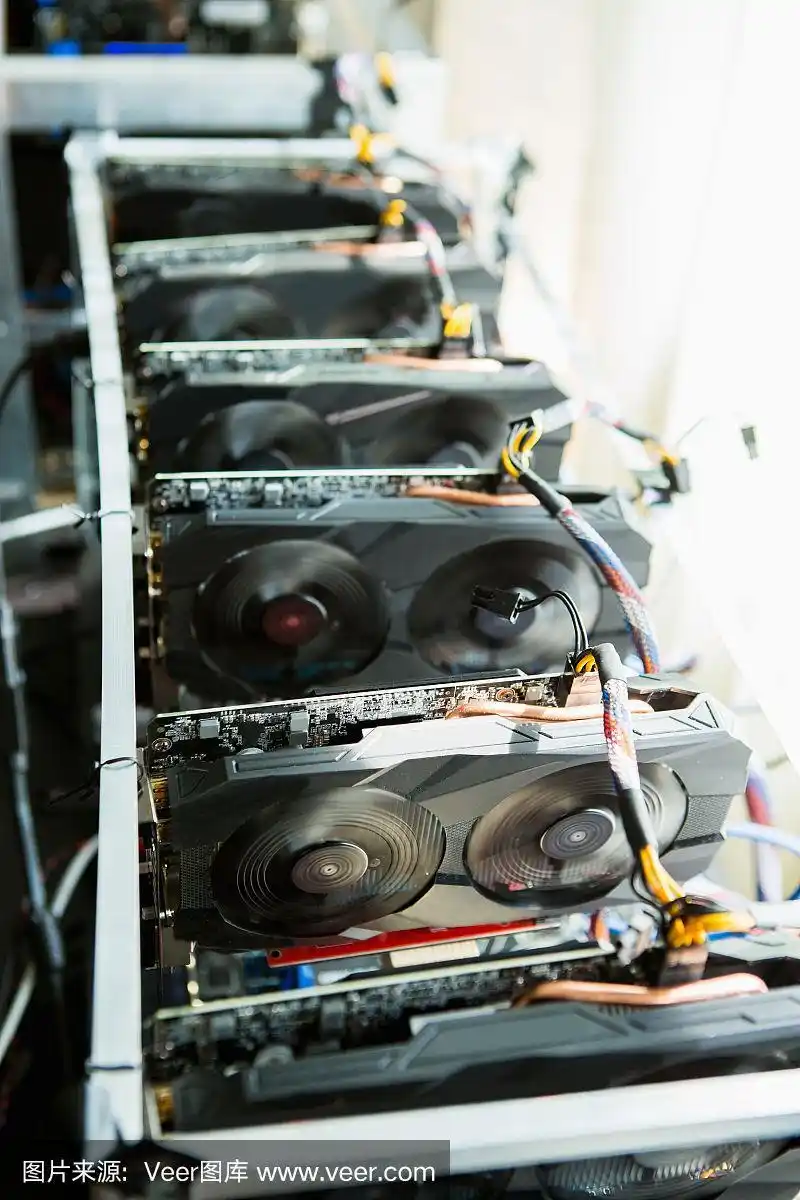Ever wondered why some crypto miners consistently *crush* the game while others flounder with headaches and losses? The secret sauce often boils down to the **mining machine hosting contract**—the unseen backbone that can make or break your ROI in this high-stakes arena.
Before you sign anything, KNOW this: not all hosting gigs are created equal. As of early 2025, industry watchdogs like the Crypto Mining Association (CMA) have identified that nearly 30% of hosting contracts carry hidden risks tied to ambiguous uptime guarantees, vague maintenance terms, or poorly drafted dispute resolutions.
Let’s unravel this knot with a savvy eye — blending theory with real-world mining pit cases — so you can lock in a contract that doesn’t just sound good on paper but delivers *hard-hitting* operational reliability and peace of mind.
Section 1: Uptime Guarantees – The Bedrock of Hosting Reliability
Theory tells us that **uptime percentage** is the prime metric defining a mining farm’s hosting credibility. Industry standard clocks in at a 99.9% uptime guarantee, which, mind you, translates into roughly 8.76 hours of unplanned downtime yearly. When your rig grinds at 135 TH/s for BTC mining, every minute of downtime is stacking dollars lost on the table.
Consider the infamous 2024 case of MinerX Hosting Farm. They touted a 99.5% uptime but failed to honor it during a massive hardware failure, leading to a 48-hour blackout. The fallout? Clients suffered losses north of $500,000 collectively in deferred Bitcoin rewards.
Takeaway: Always demand crystal-clear uptime clauses with penalties baked in. Make sure they specify exception events and clarify whether scheduled maintenance counts against uptime. Ambiguity here is a red flag.
Section 2: Power Supply & Cost Transparency – The Hidden Drain on Margins
Electricity is the silent vampire of mining profits, devouring 70%-80% of operational costs. Contracts that obscure power consumption rates or slap surprise surcharges months into the term are ticking bombs.
By 2025, EPA’s updated Energy Efficiency Mining Report flags that hosting farms leveraging smart-grid tech combined with sustainable energy sources can reduce running costs by up to 23%. A shining example: GreenMine Solutions implemented blockchain-integrated power management last year, slashing client expenses without sacrificing performance.
If your contract merely lists a flat power rate, *push for transparency on peak demand fees, rate variability,* and a clear breakdown of what “included services” mean on the power front. Don’t let vague billing schemes drain your hard-earned crypto gains.
Section 3: Maintenance and Fault Resolution – Speed Is King
Mining rigs are notoriously sensitive beasts. The average servo response window for critical machinery issues should be less than 2 hours to ward off cascading down-digs.
A 2025 report by the International Blockchain Federation highlights that *repairs delayed beyond 4 hours incur 35% higher projected losses.* An illustrative case: during Q1 2025, BlockMax Hosting’s sluggish spare parts management turned a minor ASIC fault into a week-long outage, costing client stakes in Ethereum rewards.
Your contract must define SLA (Service Level Agreement) specifics for fault detection, notification, repair, and compensation. Vague “best effort” wording isn’t going to cut it.
Section 4: Dispute Resolution & Contract Termination Clauses – Safeguarding Your Stake
Crypto mining contracts can span years, and scenarios like regulatory shifts, hardware obsolescence, or force majeure events make crystal-clear exit strategies indispensable. A murky “termination” clause can lock you into a sinking ship.
Case study: During China’s 2024 crypto clampdown, some Western-hosted rigs tied into ill-defined contracts struggled to reclaim their equipment or negotiate refunds effectively, bleeding value.
Insist on a tiered dispute resolution pathway—mediation, arbitration, legal action timelines—and carve out flexible termination rights with notice periods aligned to your operational needs.
Conclusion: Sealing the Deal with Due Diligence
Reliable mining machine hosting contracts aren’t rocket science, but they *require* a rigorous eye and an appetite for fine print. From uptime guarantees to transparent power billing, swift maintenance protocols, and bulletproof dispute frameworks—each element stitches together your defensive armor in the volatile mining ecosystem.
Walking these tightropes with eyes wide open means translating complex contractual jargon into your profit’s best friend, maximizing uptime on your BTC, ETH, or DOG rigs without stumbling over shady clauses or hidden fees. Remember, your contract is more than a piece of paper—it’s your frontline weapon in the crypto mining jungle.


Author Introduction
Andreas M. Keller is a veteran blockchain analyst and crypto technologist with over 15 years of experience dissecting mining infrastructure and decentralized finance protocols.
Certified by the Blockchain Council as a Certified Cryptocurrency Expert (CCE), Andreas has contributed to leading industry whitepapers including the 2025 Global Crypto Mining Sustainability Report.
His insights regularly feature in CryptoDaily and the Journal of Digital Assets, combining deep technical knowledge with actionable market intelligence.